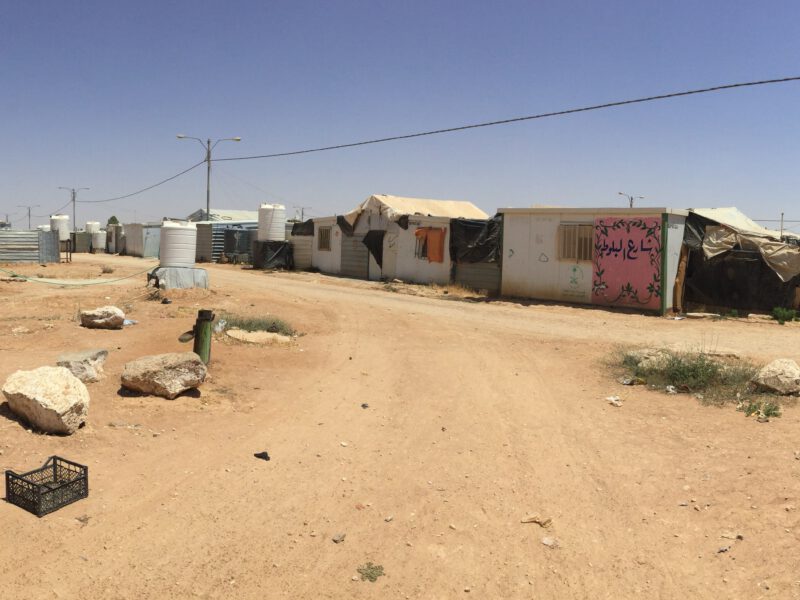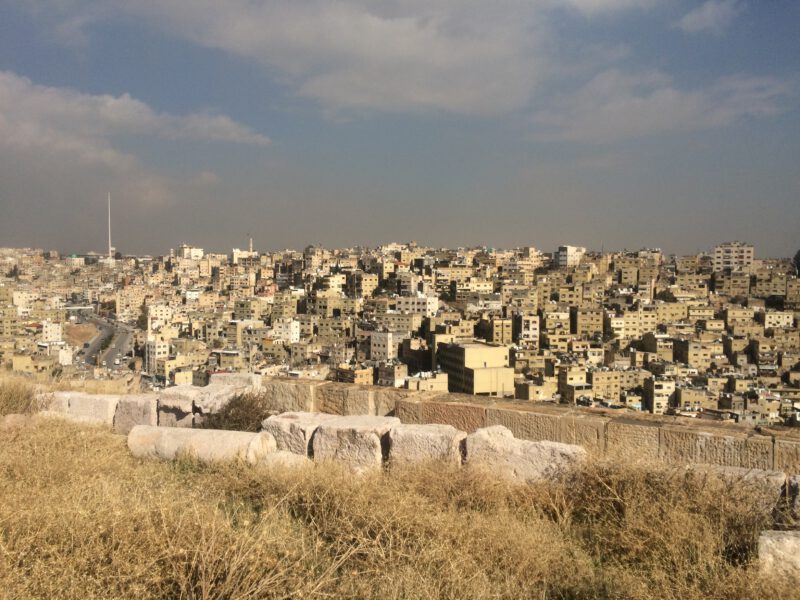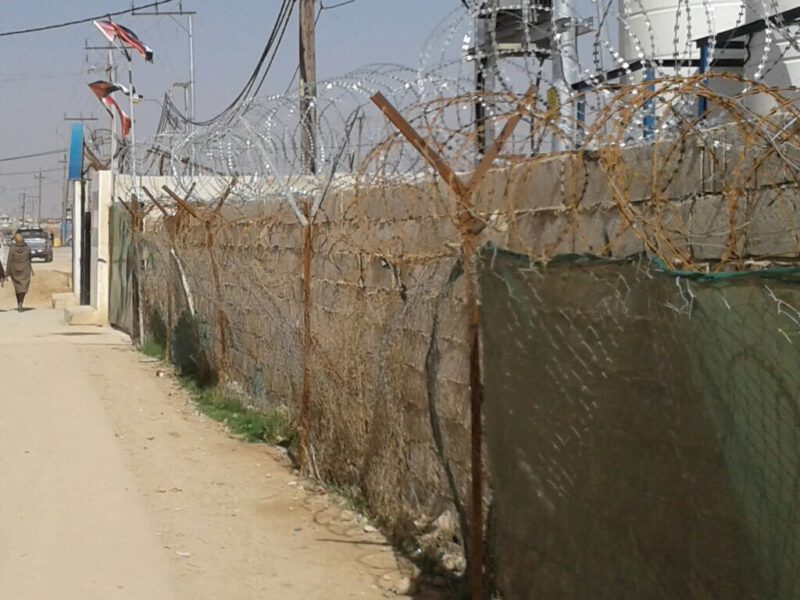 Tuesday June 4th Accenture organizes ?Sustainable 24?.
Tuesday June 4th Accenture organizes ?Sustainable 24?.
One day to set the agenda for business!
I am invited to join one of the discussions and share our Transform experiences on Smart Energy Transition to other cities.
The topic of discussion will be ?The Role of Public Private Partnerships in Developing Smart Cities?.
WOW, sounds like a challenging topic!
And, it is even more challenging!
The discussion will focus on the development of Smart Cities in India.
This is the case
Rapid urbanization is straining resources in Indian cities. The government plans to build seven new smart cities, each with a population of two million. City leaders are grappling with identifying what kind of public-private partnership will foster effective collaboration for the intelligent city. What incentives will be economically viable and effectively align the goals of city leaders and private partners? What new business and operating models will contribute to the success of such partnerships?
These are my first thoughts
About city planning
City planning in the Netherlands is completely different form the way cities grow in large parts of Asia, Africa and South America. We like designing cities. And we like to design all parts of it: building blocks, infrastructure, street profile, public transport, sewerage, water systems, electricity and digital systems and so on. But cities in other parts of the world grow naturally and not planned. Europe does not have ?informal cities? like the rest of the world, and not in the scale like Sao Paolo, Nigeria, Caracas or Mumbai. The enormous amounts of people entering the cities are, from a European perspective, unimaginable.
About liveability
Last year I visited Singapore and attended a conference where the 10 principles of making liveable cities were launched.
Great principles!
We were a little critical about sustainability and equity but the 10 principles are sound and understandable! Are they applicable to India? Think so!!
These are the principles:
1 Plan for Long-Term Growth and Renewal, 2 Embrace Diversity, 3 Foster Inclusiveness, 4 Draw Nature Closer to People, 5 Develop Affordable, Mixed-Use Neighborhoods, 6 Make Public Spaces Work Harder, 7 Prioritize Green Transport and Building Options, 8 Relieve Density with Variety and Add Green Boundaries, 9 Activate Spaces for Greater Safety, 10 Promote Innovate and Non-Conventional Solution, Forge ?3Ps (People Public Private) Partnerships?.
About speed
European cities experienced fast growth during the first and second industrial revolution, but the growth of cities in India is of a different kind. In the next decade some 300 million Indian people will move from the country to the city, most of them young and well educated. Where will they live? What will be their profession? Speed is to my opinion key in coping with this enormous challenge. Solutions for a vast amount of people looking for chances, for prosperity and work, moving away from poverty, starting a family, longing for a safe future for their kids and themselves! The question is if it possible to build liveable and sustainable cities in this pace?
About SMART
Smart City development is, as I see it, all about liveability, about sustainability, about the circular economy and about green energy production. Can we design, and make new cities that produce their own energy, recycle sewerage, make fresh water, and reuse other commodities over and over again?
What is it Transform can offer?
Transform is coping with the energy component of Smart City Development in six European cities, all cities with a long history. And the most challenging part of our work is to re-design these old, carbon based cities into sustainable cities. I think it is a different kind of challenge than building mega cities in green fields in India.
BUT?..
What we know from our experience is maybe applicable for Smart City Development elsewhere. I will give you three examples.
- Smart City Development in Public Private Partnership is, to my opinion, all about building for end users; for consumers. Houses and other buildings need to be affordable! We know from experience that (one sided) market driven building creates bubbles and leads to empty offices and empty houses. Sometimes even empty cities. A waste of materials, energy and in the end a waste of money.
Transform develops tools and methods to bring stakeholders together to build, in cooperation, sound business cases for sustainable city development. This kind of interactive systems could be applicable for India as well.
- One of the methods we use is Intensive Lab Sessions (ILS). Three days if intensive discussion and problem solving with all stakeholders involved in city (re)development. We had sessions in Amsterdam, Hamburg, Copenhagen and Genoa and they turned out to be very successful.
I think this method is applicable for all complex problems in city development where multiple stakeholders are involved. And city making is always about multiple stakeholders and their interests. ILS is, to my opinion, useful everywhere.
- My last example is about energy and data. The availably of energy or the climate has a huge impact on how cities are shaped. Dutch cities all relies on natural gas, because we have it. Copenhagen uses the heat of power plants. Energy systems in the tropics are completely different. But Energy is needed!
Transform developed the concept of ?Energy mapping?. I would like to take my city Amsterdam, as an example. In the energy Atlas of Amsterdam, all energy-use is represented in maps. But also all possible sustainable solutions are presented. For me this is a real Smart City Concept. Massive data lies behind the maps and it is free to use for everyone. This is where we have to build our new city on if it comes to energy, and this is what we can use in designing new sustainable solutions for the old parts of town.
Energy mapping is applicable for all cities in the word. If you want to build a carbon free city, than start to map the possible sustainable world around you.
Some years ago I met William McDonough, one of the writers of the famous book ?Cradle to Cradle?. He told the following story:
Imagine you are an alien.
You arrive, after a long journey, on planet earth.
You plan to build a settlement.
Where does your energy come from?
Do you look up or down?
Do you look to the sun?
Or? dig in the ground?
I bet you look to the SUN!
I bet you build sustainable solutions.



